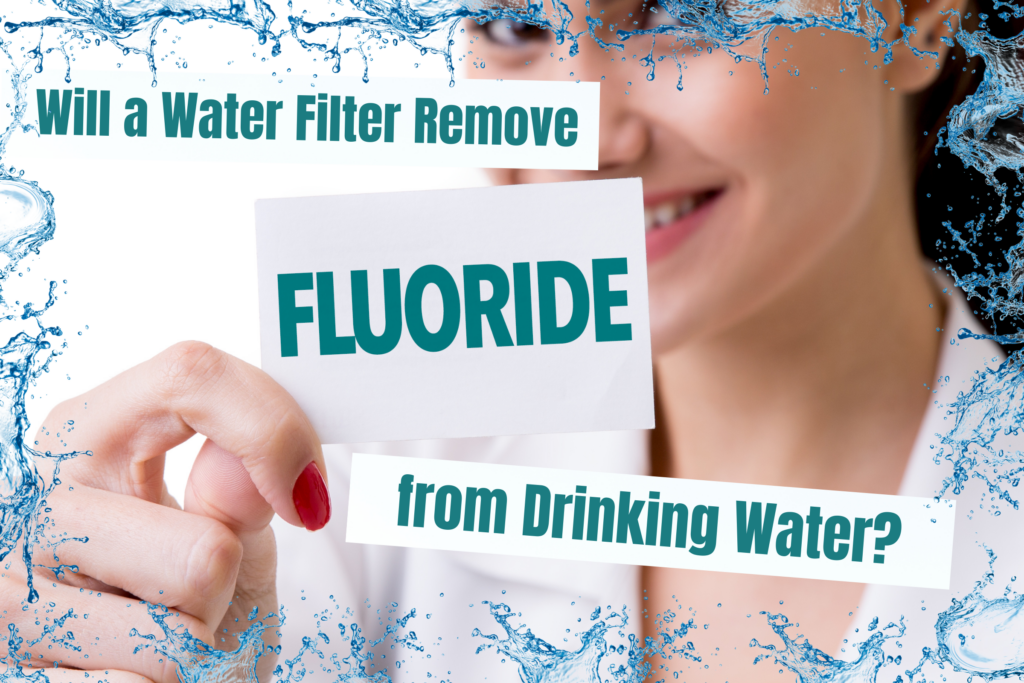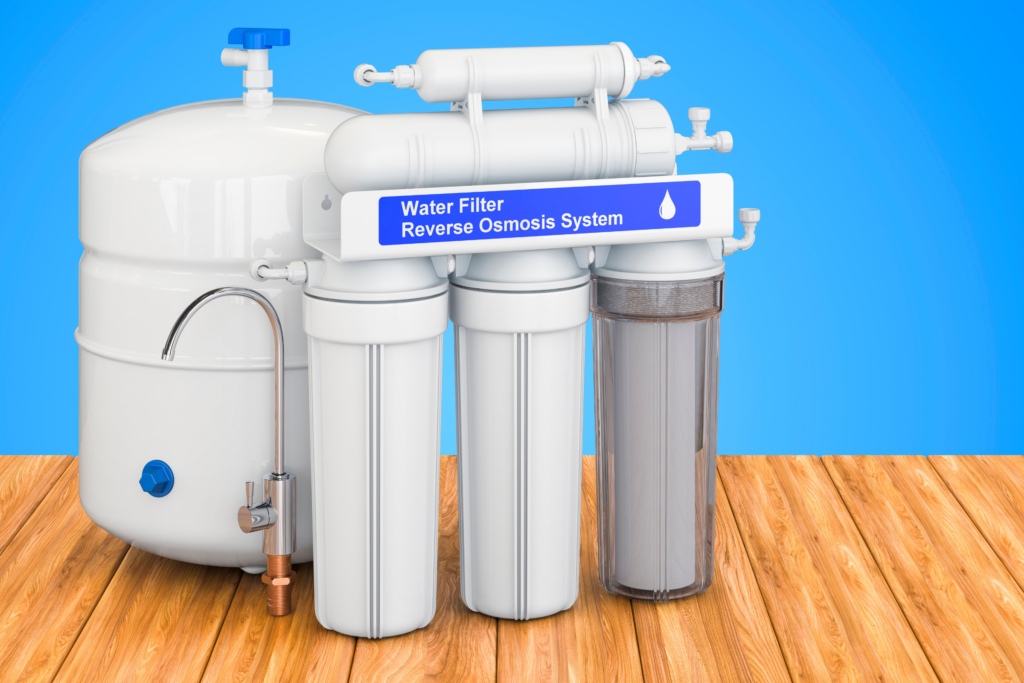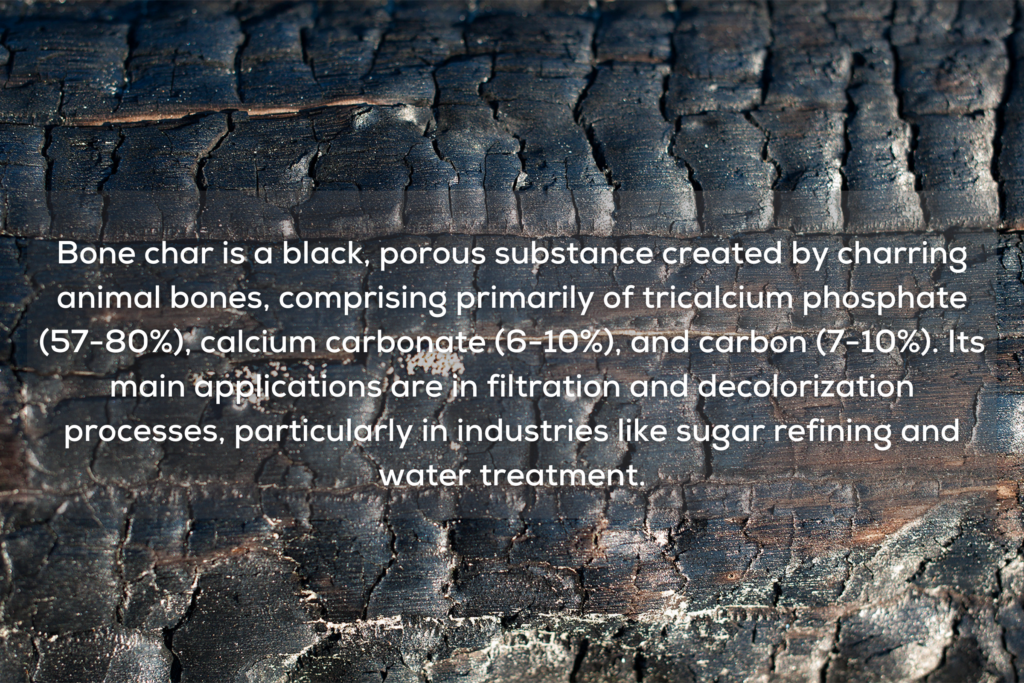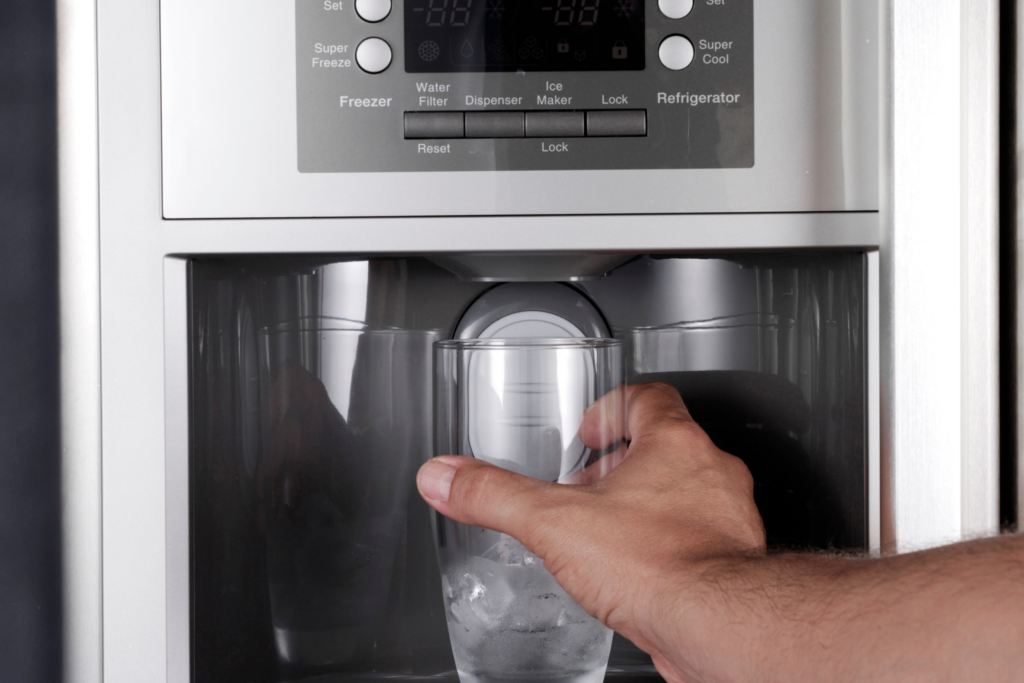Will a Water Filter Remove Fluoride from Drinking Water? (+3 Other Effective Removal Methods)
Fluoride is typically added to water, albeit in small concentrations, by most public water treatment facilities. This is done to help prevent tooth decay and build strong bones.
However, if the fluoride concentration is too much in water (greater than several parts per million), it can cause all manner of health problems, including fluorosis, stiff joints, and even severe anemia. If you’re concerned about fluoride exposure in your drinking water, you may be wondering, “Will a water filter remove fluoride from drinking water?”
Water filters can remove up to 95% of fluoride from your drinking water, but you will need a reverse osmosis (RO) system and/or a water filtration system that includes bone char carbon filters or activated alumina filters to remove the remaining 5%. An RO system is the most cost-effective way to remove fluoride from water, however.
According to the CDC, the fluoride levels in drinking water should not exceed 2 milligrams per liter. Read on to learn more about how these filters work to remove fluoride from your water as well as more information about the potential dangers of excess fluoride in your drinking water.

What are the effects of drinking water containing fluoride?
In low concentrations, fluoride is essential for your health. But when the concentration gets too high, fluoride can result in fluorosis, a disease that affects the bones (skeletal fluorosis) or teeth (dental fluorosis).
Dental fluorosis is caused by limited exposure to fluoride in drinking water, but extended exposure might result in skeletal fluorosis.
Dental fluorosis
Dental fluorosis usually results in a change of appearance of the tooth enamel. The primary cause of dental fluorosis is when children consume too much fluoride in their earlier years (8 years and below).
For the most part, this condition is not as prevalent in the U.S. Most of the patients that have dental fluorosis in the U.S. only have a mild case of it which is characterized by white spots on the tooth surface. This mild case is harmless.
But in severe cases, there is a huge and notable change in the tooth enamel color and this often results in the weakening of teeth which causes other underlying issues like cavities.
Skeletal fluorosis
As the name may suggest, skeletal fluorosis is a disease that affects the skeletal structure. It is caused by the accumulation of fluorides in the system, which results in the weakening of bones.
The early symptoms of skeletal fluorosis are pain and stiffness in the joints. But as the condition worsens, the bone structure changes, ligaments calcify, and the muscles get impaired resulting in excruciating pain.
Impaired mental development
There have been some reports of impaired mental development linked to fluoride in water. There doesn’t seem to be a lot of firm evidence on this topic.
As more studies are completed, it may be prudent to keep an eye on the developments, but for now, this doesn’t appear to be a science-backed claim.
How does water get contaminated with fluoride?
Fluorine is highly reactive and doesn’t occur naturally in the elemental state. 0.3 g/kg of the earth’s crust is made up of fluorine as fluorides or in many other minerals like fluorspar, fluorapatite, and cryolite. This naturally occurring fluorine can easily contaminate water sources. For instance;
- Sodium fluoride is a colorless but pungent gas that is highly soluble in water to form the hydrofluoric acid
- Hydrogen fluoride is a colorless white solid which is somewhat soluble in water
- Fluorosilicic acid (hexafluorosilicic acid) is a colorless solid that is extremely soluble in water
In addition to the naturally occurring fluorides that contaminate water, fluorides are also heavily used in industries. For instance, fluorides are instrumental in the manufacture of aluminum, and they are also used for flux when producing steel and fiberglass.
If such industries do not apply stringent waste management measures, the fluoride can easily contaminate the environment and, consequently, the water.
Phosphate fertilizers are another possible source of artificial contamination of water with fluorides. These fertilizers are composed of at least 3.8% fluoride. Other products with high fluoride content include fluorosilicic acid, sodium hexafluorosilicate, and sodium hexafluorosilicate.
How a Reverse Osmosis System removes fluoride from water.
So, will a water filter remove fluoride from drinking water? How about a reverse osmosis system? In a reverse osmosis water filtration system, the water is passed through a semi-permeable membrane under pressure.
This process forces the water through the membrane while impurities like fluoride, mercury, cysts, etc., are left on the membrane. The result is clean and safe drinking water.
But as you continue filtering your water, the membrane will continue accumulating lots of contaminants so it is a good idea to do some routine maintenance of your RO system as per the instructions of your manufacturer.

Other options (apart from reverse osmosis) for removing fluoride contamination from water
Although reverse osmosis is likely the most cost effective and easily managed solution, there are other ways to remove fluoride from your drinking water:
- Distillation
- Bone char
- Activated Alumina
Distillation
The distillation process entails boiling water in one chamber and then capturing the water vapor from the boiling water in another chamber. The water vapor is then cooled down, ending up with pure distilled water, while the contaminants, including fluoride, are left behind in the first chamber.
Distillation is very effective in removing fluoride and other heavy metals from drinking water, but its main demerit is it requires a lot of energy. It is, therefore, not a very ideal solution for a household.
Bone char
Bone char is a type of carbon that is made from charring animal (most cattle) bones. Bones naturally attract fluoride, which is the operating principle for this media.
Bone char works by exchanging ions with fluoride and heavy metals, and just like activated alumina, it can also be a good media for a whole-house fluoride removal system. The main issue of this media is it might be hard to verify if the bone char is medical-grade or if some unscrupulous businessman used a sick and infected animal’s bones.

Activated Alumina
Activated alumina is a common method used in whole-house fluoride filtration units. Activated alumina uses the principle of adsorption to eliminate fluoride from water.
A whole-house fluoride filter that uses activated alumina can last up to 6 years before the media needs replacement, but that will largely depend on how bad the contamination problem is.
Do refrigerator water filters remove fluoride?
Refrigerator filters are limited and cannot remove fluoride from your drinking water.
Refrigerator filters use carbon filters which are great for dealing with other impurities but are not good enough for removing fluoride from water. So while it’s okay to have a refrigerator with a water filter, you may want to get another solution with a carbon filter and a reverse osmosis system.
With reverse osmosis, you can be sure the water fluoride levels will be reduced to acceptable levels (CDC recommends 2 milligrams per liter).

Summary of Will a Water Filter Remove Fluoride from Drinking Water?
Will a water filter remove fluoride from drinking water? In this article, we’ve covered the topic of fluoride contamination and various types of filtration systems that are effective for this purpose.
Fluoride contamination is the main cause of dental and skeletal fluorosis. While fluoride plays an important role in our bodies, it shouldn’t be in excessive quantities. The ideal concentration is 2 milligrams per liter, so you may want to test your water just to be sure. If the concentration exceeds that, then it would be a good idea to use a fluoride removal water filtration system.
Can reverse osmosis remove fluoride?
Yes, reverse osmosis can remove up to 95% of water contaminants. That said, it won’t remove all of the fluoride in your water. For that, you’ll need to use other methods.
What are some brands of water filters that remove fluoride?
The Clearly Water Filter Pitcher has one of the highest ratings of any filter on the market for removing fluoride.
Can you filter fluoride with distillation?
Yes, you can remove almost 100% of fluoride in water through a distillation process.
Let Us Know How We’re Doing!
Did this expertly prepared resource answer your question?
Do you have another question about home maintenance, home improvement projects, home appliance repair, or something else?
Get more information, send in questions and keep the discussion going by contacting the I’ll Just Fix It Myself company customer service team at at 1-800-928-1490 or Email us at [email protected]
